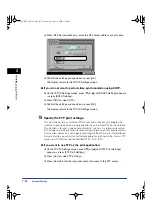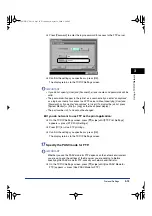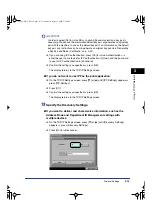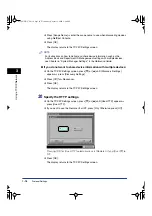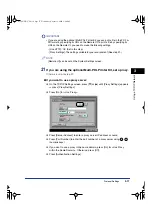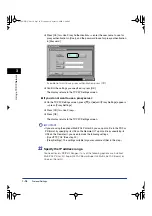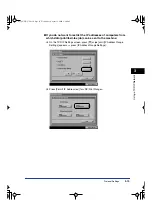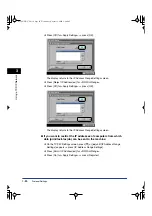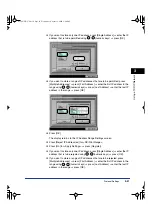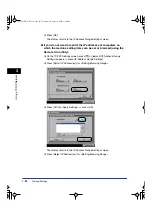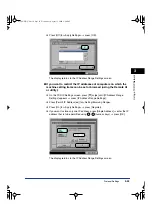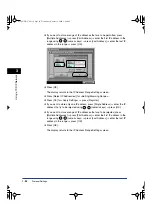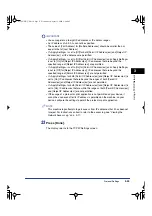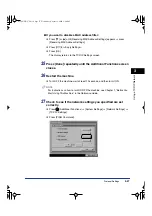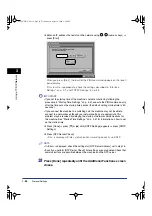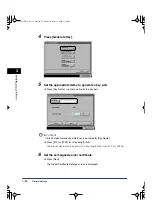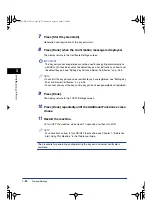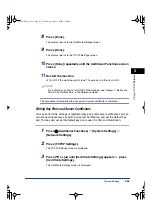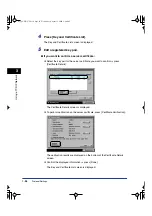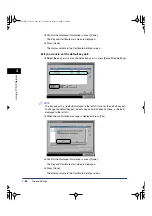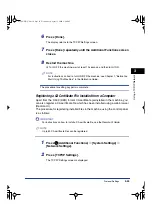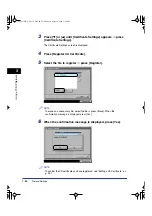
Protocol Settings
3-25
3
Using a
TCP/IP Netw
o
rk
IMPORTANT
•
You can register up to eight IP addresses or IP address ranges.
•
An IP address of <0.0.0.0> cannot be specified.
•
The value of [First Address] for [Multiple Addresses] should be smaller than or
equal to that of [Last Address].
•
If <Apply Settings> is set to [Off] for both [Permit IP Address(es)] and [Reject IP
Address(es)], all IP addresses are permitted.
•
If <Apply Settings> is set to [Off] for [Permit IP Address(es)] and <Apply Settings>
is set to [On] for [Reject IP Address(es)], IP addresses that are beyond the
specified range of [Reject IP Address(es)] are permitted.
•
If <Apply Settings> is set to [On] for [Permit IP Address(es)] and <Apply Settings>
is set to [Off] for [Reject IP Address(es)], IP addresses that are beyond the
specified range of [Permit IP Address(es)] are not permitted.
•
If <Apply Settings> for both [Permit IP Address(es)] and [Reject IP Address(es)] is
set to [On], IP addresses that are beyond the ranges of both [Permit IP
Address(es)] and [Reject IP Address(es)] are not permitted.
•
If <Apply Settings> for both [Permit IP Address(es)] and [Reject IP Address(es)] is
set to [On], IP addresses that are within the ranges of both [Permit IP Address(es)]
and [Reject IP Address(es)] are not permitted.
•
If the usage of a protocol or print application is not permitted on your device, it
cannot be used even after its IP address is permitted on the machine; on your
device, configure the settings to permit the protocol or print application.
NOTE
This machine logs attempts to gain access from IP addresses that it has been set
to reject. For instructions on how to refer to the access log, see "Viewing the
Network Access Log," on p. 9-17.
23
Press [Done].
The display returns to the TCP/IP Settings screen.
E210_NWG_US.book Page 25 Wednesday, August 18, 2004 3:40 PM


